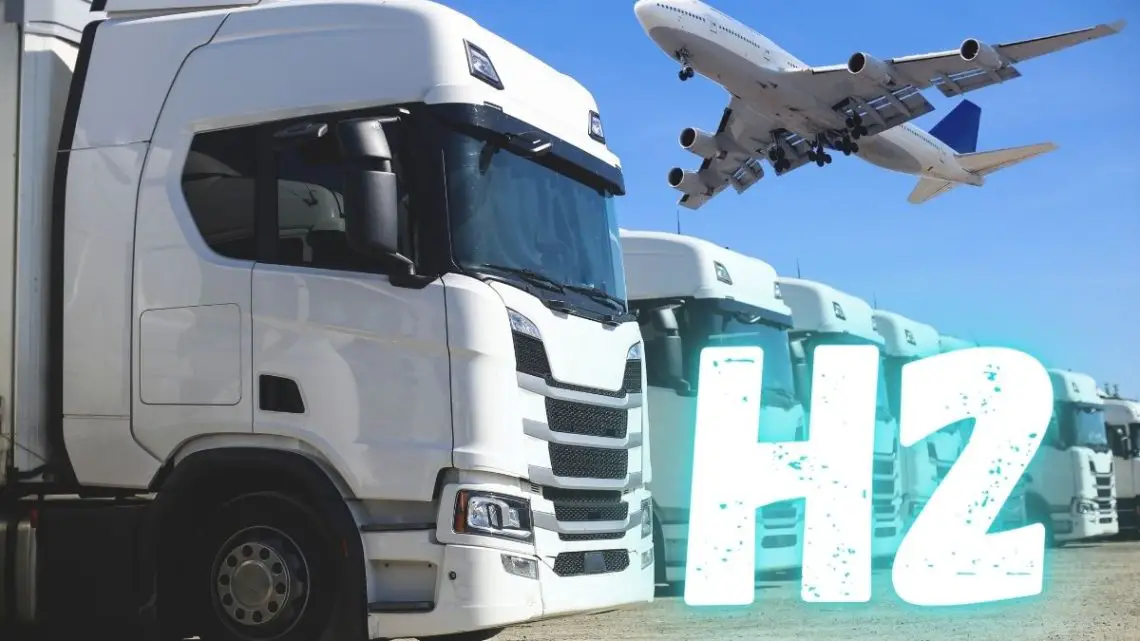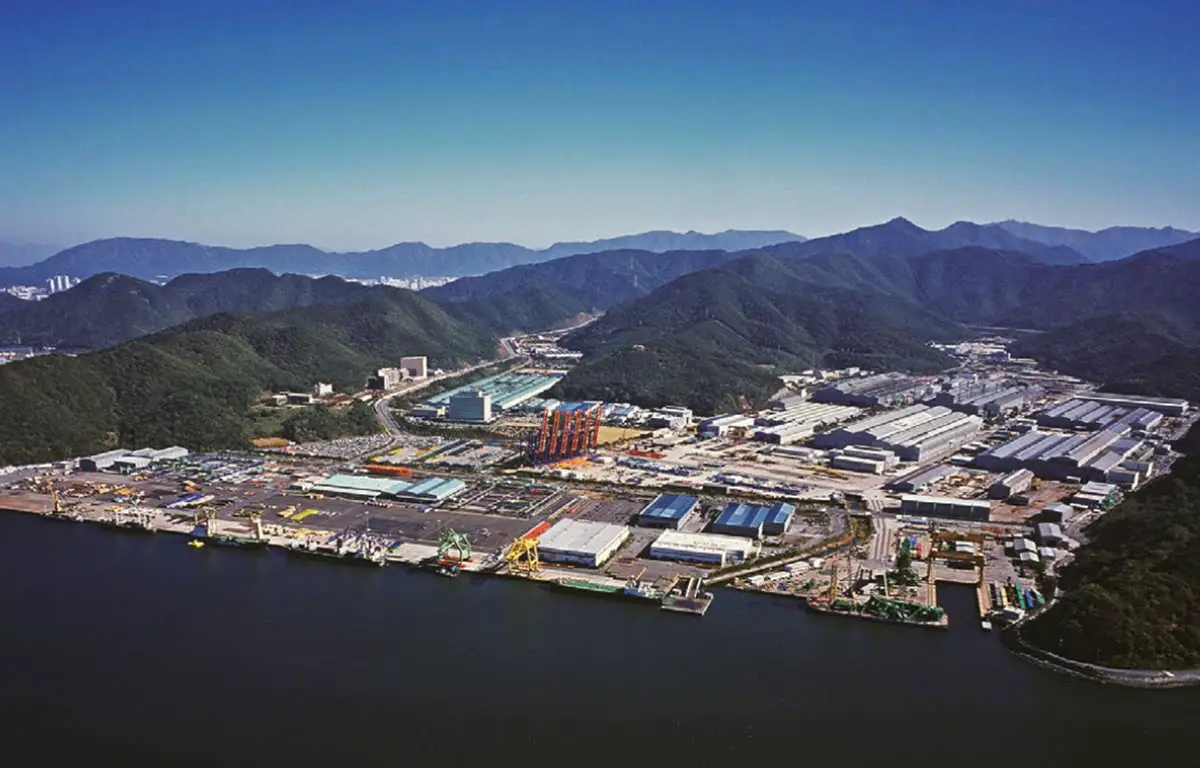
Hydrogen Fuels the Future of Trucking and Takes Flight in Aviation
April 2, 2024Commercial Trucking Pioneers the Hydrogen Movement
In an era of relentless pursuit for sustainable energy solutions, hydrogen is paving new roads for the commercial trucking industry. The industry is gradually leaning towards utilizing hydrogen fuel cell technology, prized for its rapid refilling capability and suitability for long-haul journeys. This emerging trend addresses the critical weight issue associated with batteries in electric vehicles, suggesting a greener horizon for heavy transportation.
Aviation Ascends into the Hydrogen Race
Following the trucking industry’s lead, aviation is also charting a course for decarbonization. Amid growing concerns over the hefty weight of electric batteries, hydrogen is taking center stage as a viable alternative for airlines striving to reduce their carbon footprint. Japan’s recent announcement by the Ministry of Economy, Trade and Industry marks a significant step in this direction.
“We aim to transform the aircraft industry from being component suppliers to one that can take the initiative in providing value-added products,” states Kazuchika Iwata, Vice Minister of Economy, Trade and Industry.
The Path to Hydrogen Powered Flight
With a hefty 5 trillion yen ($33 billion) investment, Japan sets its sights on debuting a next-generation hydrogen airliner by around 2035. This ambitious project isn’t confined to Japan’s borders; major aviation players like Airbus, EasyJet, and Rolls-Royce have cast their lots with hydrogen, aiming for the skies with zero-emission flight goals within the next couple of decades.

Yet optimism is met with realism; industry experts highlight the need for substantial funding. It is clear that the leap to hydrogen flight will necessitate “staggering” investments from both the public and private sectors.
An Ambitious Leap for A Greener Horizon
The aviation industry recognizes the monumental task ahead and calls for global cooperation. “It is our mission to utilize public and private knowledge, and experience learned from SpaceJet [for the development of the next-generation aircraft],” Iwata underscores.
Governments around the world will play a crucial role in bolstering the shift toward hydrogen, with policy support and financial backing proving indispensable to the transition.
A Unified Front for Hydrogen-Powered Aviation
In a historic move, in September, aviation giants Airbus, Rolls-Royce, and EasyJet came together to form the Hydrogen in Aviation (HIA) initiative. Their goal? To lay the groundwork for the infrastructure, policy, regulatory, and safety frameworks essential for the advent of hydrogen-powered aircraft. The collaboration also welcomed other industry leaders, including GKN Aerospace and the Denmark-based renewable energy company Orsted, under its wing.
The HIA is driven by a vision where governmental engagement is paramount in developing the regulations and standards necessary for the safe realization of hydrogen flight within the next decade. Johan Lundgren, CEO of EasyJet, emphasized the critical nature of policy readiness, suggesting that it would be “unforgivable” if regulatory gaps were to delay the operation of hydrogen aircrafts that are technically ready to fly.
This month, the HIA has been vocally appealing to the government to prioritize investments in hydrogen-powered flight, underscoring the rapid technological advances in the area. Lundgren expresses hope that, with the right support, hydrogen flight could become a reality by the end of the 2030s, positioning the U.K. as a leader in this green aviation revolution. The initiative reflects a clear call to action for the government to align with industry efforts, facilitating a shift towards a more sustainable and environmentally friendly aviation sector.

Doosan Enerbility Headquarters and Changwon Plant – Image Credit www.doosanenerbility.com
Doosan Enerbility Ventures into Aircraft Engine Manufacturing
On March 27th, a significant milestone was achieved by Doosan Enerbility when it officially broadened its business scope to include “manufacturing of aircraft engines and propulsion auxiliary systems, maintenance, sales, and services.” This expansion was ratified at the general shareholders’ meeting held on March 26th, marking a pivotal shift in the company’s strategic direction. In the wake of this development, Doosan Enerbility is set to intensify its efforts towards engineering engines for aircraft, with a keen focus on unmanned aerial vehicles (UAVs).
The foundation of this new venture rests on the technological prowess Doosan Enerbility has demonstrated in developing gas turbines for power generation—a domain where it has triumphed in creating sophisticated systems that share a symbiotic relationship with aircraft engine technology in terms of structure and operational principles. Aircraft engines are engineered to provide the high power, lightweight, and operational flexibility necessary for propulsion, whereas the gas turbines for power generation have been designed to prioritize efficiency, power, and stability, generally resulting in larger sizes.
Leveraging its extensive experience in design, manufacturing, and material technology from the gas turbine development phase, Doosan Enerbility is now channeling those insights into crafting aircraft engines. These engines are engineered to withstand the extreme conditions of combustion temperatures reaching up to 1500°C, and Doosan boasts specialized cooling and coating technologies capable of enduring temperatures as high as 1680°C. Additionally, Doosan’s competitive edge is further sharpened by its comprehensive capabilities, including the development of key materials, a vast repository of intellectual property rights, and a robust testing infrastructure, all augmented by its sophisticated design and manufacturing capabilities.
Doosan’s ambition in the aircraft engine arena is already in motion. The company plays a critical role in the “10,000 lbf gas turbine engine development for unmanned aerial vehicles,” a flagship project spearheaded by the Agency for Defense Development. Within this project, Doosan Enerbility is responsible for the most challenging aspects, focusing on “engine layout design and components analysis” and the “casting & forging of turbine vanes/blades and post-processing” tasks. The goal is to finalize the basic design by 2027 while also undertaking the conceptual design of an advanced aircraft engine, a project initiated by the Korean government to secure domestic fighter jet engine technology.
This pursuit aligns with Korea’s strategic vision, reflecting the national importance of aircraft engine technology in terms of both economic impact and national security, as evidenced by its inclusion in the Ministry of Science and ICT’s Top 12 National Strategic Technologies and the Ministry of National Defense’s Top 10 Strategic Technologies for National Defense.
Conclusion: The Gravity of Green Flight
 The trucking and aviation industries stand at the precipice of a cleaner future, ready to redefine the meaning of fuel in motion. As Japan commits to its investment in hydrogen, it beckons nations worldwide to follow suit. The quest for hydrogen-fueled transportation is not just a technical challenge but a testament to our collective resolve to mitigate climate change.
The trucking and aviation industries stand at the precipice of a cleaner future, ready to redefine the meaning of fuel in motion. As Japan commits to its investment in hydrogen, it beckons nations worldwide to follow suit. The quest for hydrogen-fueled transportation is not just a technical challenge but a testament to our collective resolve to mitigate climate change.
With technology giants like Airbus and Rolls-Royce leading the vanguard, the dawn of hydrogen-powered flight draws nearer. It’s more than an advancement in transportation; it’s a commitment to the health of our planet. The implications are profound, with the potential to transform the skies into harbors of sustainability.
Ready to test your knowledge on the most abundant element in the universe? Take our fun and engaging Hydrogen Quiz now! [forminator_quiz id=”58712″]



 With over 15 years of reporting hydrogen news, we are your premier source for the latest updates and insights in hydrogen and renewable energy.
With over 15 years of reporting hydrogen news, we are your premier source for the latest updates and insights in hydrogen and renewable energy.